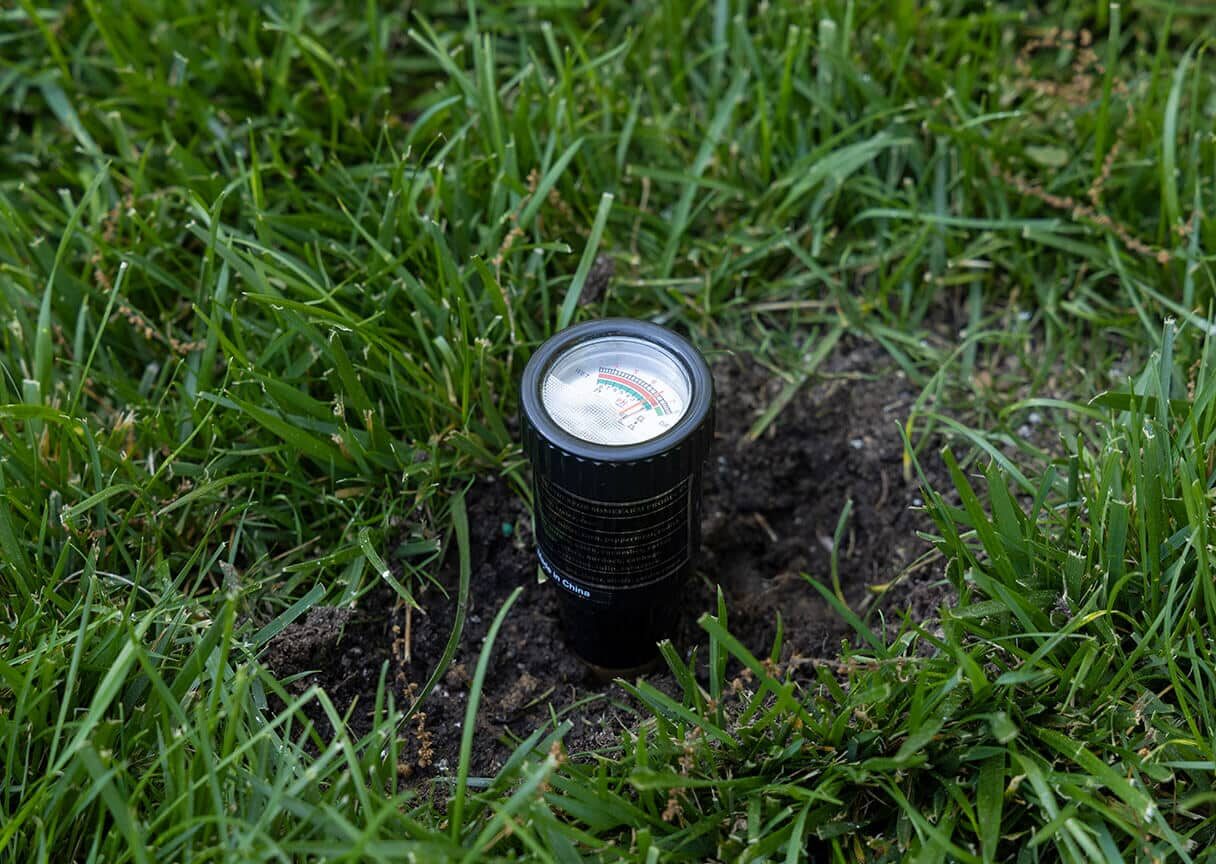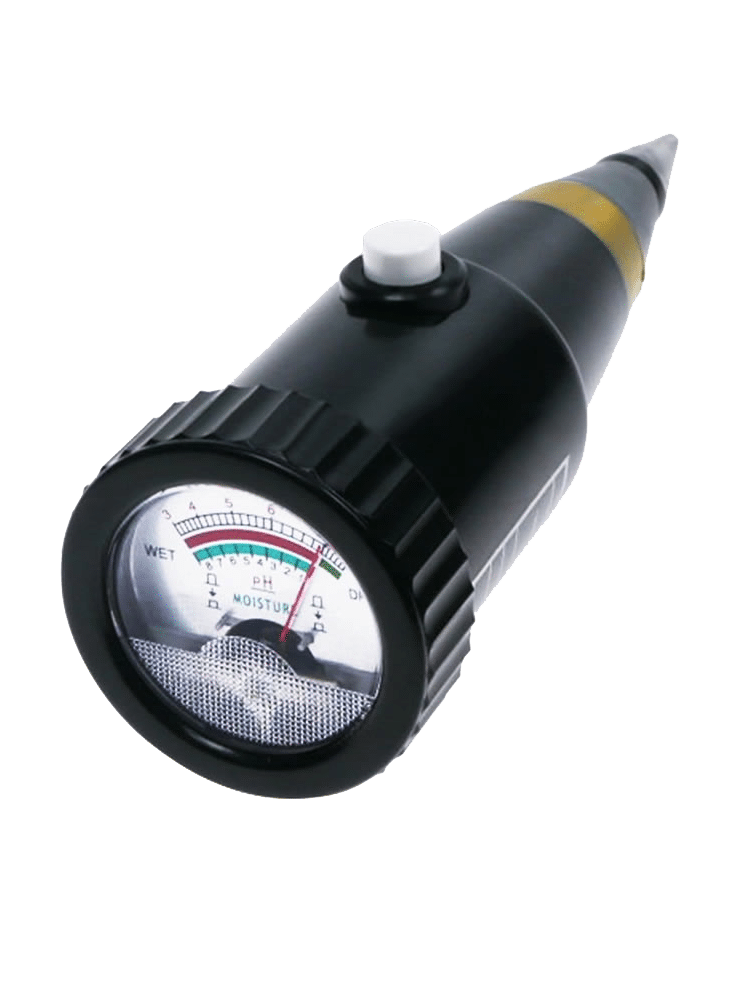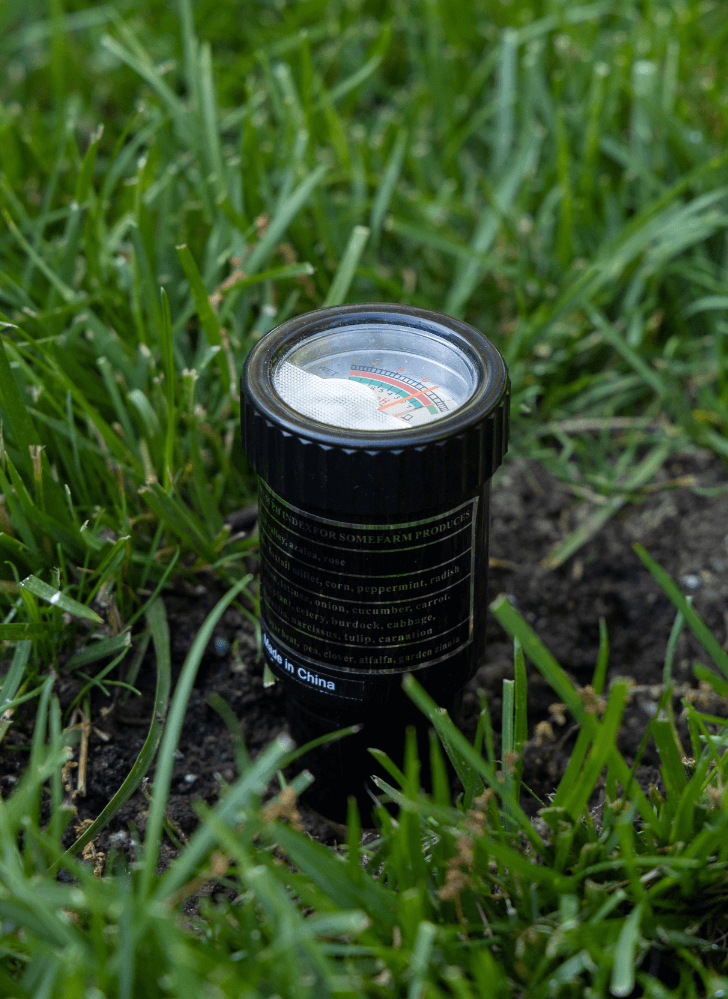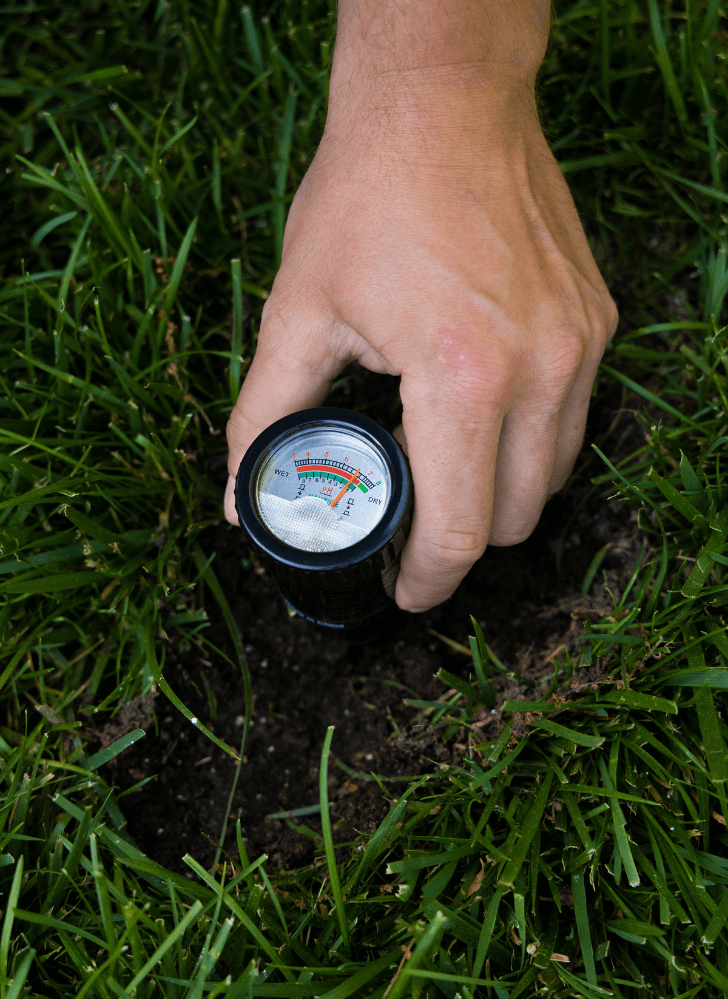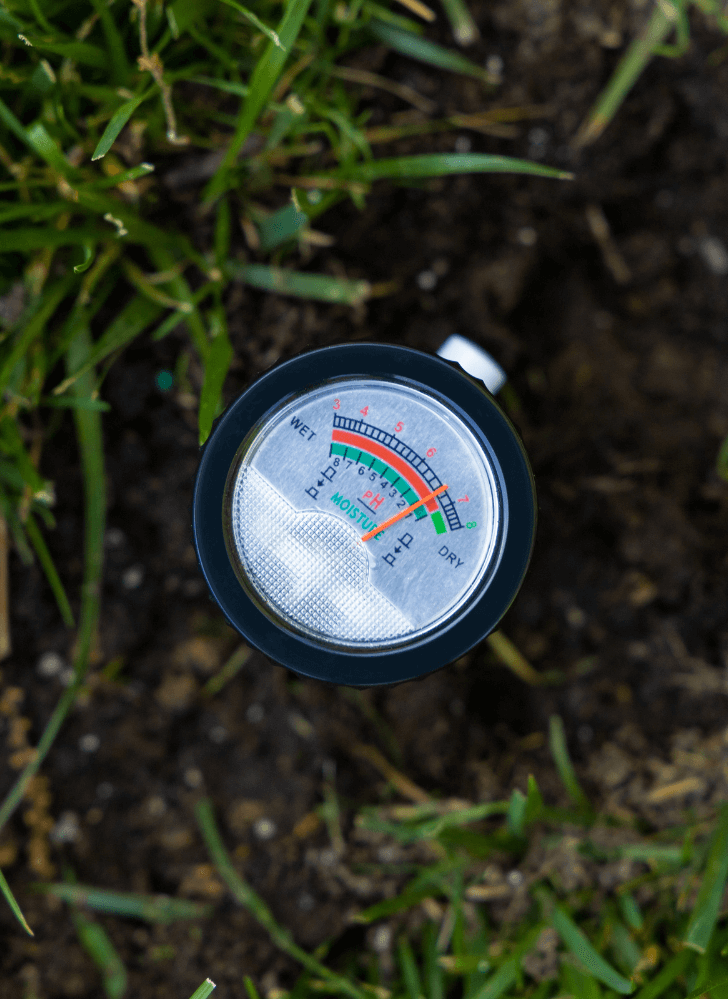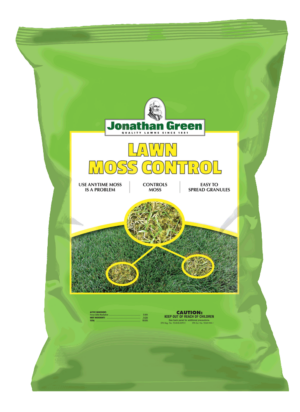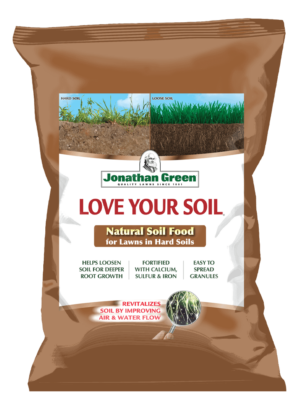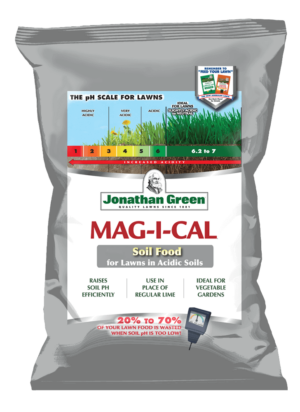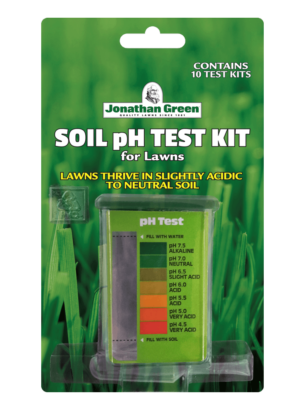Pro pH & Moisture Soil Tester
$74.99
- Effectively measures soil pH and moisture levels in 3 minutes
- Helps to determine the right time to add lime and fertilizer to the soil
- Professional-grade quality
- Accurate to within 0.2 pH, and 10% moisture level
Product Overview
Shipping & Returns
Shipping
- Free ground shipping now available on orders of $75 or more! For smaller orders, shipping costs are calculated at checkout.
- We ship orders the same day if placed by 2PM EST (later orders will be shipped the next day).
- Orders are not shipped or delivered on weekends or holidays.
- We offer ground and expedited shipping.
Returns
- We offer 30-day free returns for replacement or full refund for items that are damaged or defective (shipping included). If damaged by the carrier, please file a claim with them.
- If your items have been used or aren’t in the original packaging, we will give you a refund (minus the cost of shipping) based on the condition of the product.
View our complete shipping and return policy. If you have questions about your order, please contact our customer service team at orders@jonathangreen.com.
-
Number of Uses
Unlimited
-
What’s Included
1 professional-grade quality soil pH & moisture testing tool
-
Additional Items Needed
- Soil sample
- For lawns, annuals, or house plants, take the soil sample from about 2-3” below the surface.
- For perennials, shrubs, vegetables, and fruit, the sample should be from 4” deep
- Rainwater or distilled water (do not use tap water)
- Soil sample
-
Product Label
Always read and follow the product label before use.
Safety Data Sheets can be found at www.jonathangreen.com/safety-data-sheets-sds. If you have a specific question, do not hesitate to contact us.
-
How do I test soil pH?
You can test your soil’s pH by sending a soil sample to your state university cooperative extension office, who will send it off to a lab for a small fee, or by using an at-home testing kit.
To perform a soil pH test with the Jonathan Green Soil pH Test Kit, follow these steps:
1. Collect soil samples from your lawn
Gather small soil samples from four different sections of your lawn by using a gardening trowel to dig four to six inches deep into the lawn’s surface. Mix all four small samples together for one, cohesive sample to use for your test. Make sure to remove all debris from your sample and proceed to the next step.
2. Fill test container with soil sample
Once you have your comprehensive soil sample, remove the cap off of the color comparator and take out the capsule. Make sure the pH color chart is in place, then fill the test container with your prepared soil sample. Carefully separate the two halves of the capsule and pour the contents into the test container.
3. Add distilled water to the test container
Using the provided dropper, add distilled water to the test container. Do not use tap water for your soil pH test, as it usually contains acidic or alkaline components.
4. Shake test container and allow to settle
After adding distilled water to the test container, shake thoroughly and allow the test container to settle for one to five minutes.
5. Observe test container for results
-
How to take a soil sample
Steps to take a soil sample
- With a shovel or a spade* dig a V-shaped hole to sample depth of 4-6 inches (excluding any thatch), then cut a thin slice off to the side.
- Do this in 4 or 5 places in the section of the lawn to be tested.
- Mix soil samples together in a clean, plastic bucket. If the bucket has been used to hold fertilizer or other chemicals, wash it thoroughly before using it for soil samples.
- Let the sample dry well before testing. Place it in a ziplock bag or coffee can. Approximately one quart is recommended.
- Make sure to use distilled water for testing.
*Tools should be either stainless steel or chrome-plated. Do not use brass, bronze, or galvanized tools because they will contaminate samples with copper and/or zinc.
Features You’ll Love
Perfect for Turf Professionals
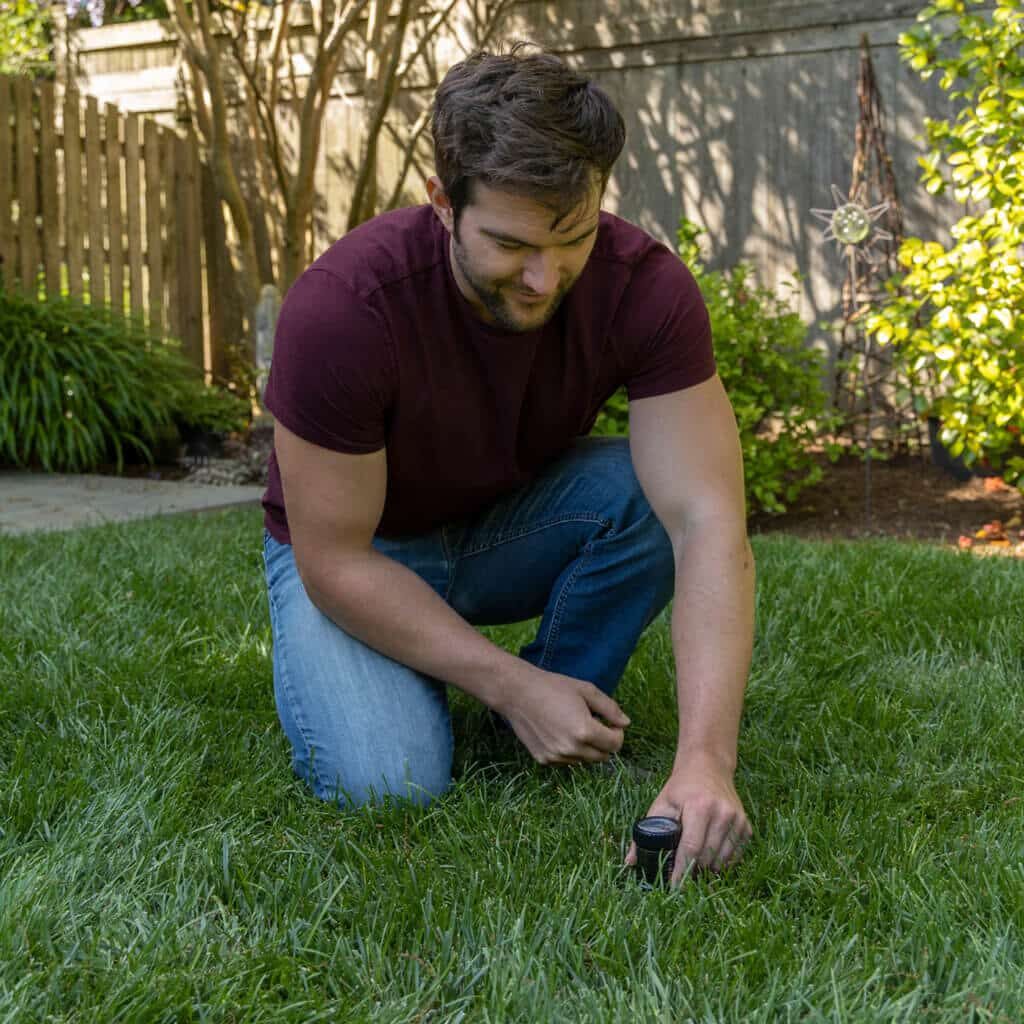
Rapid Results
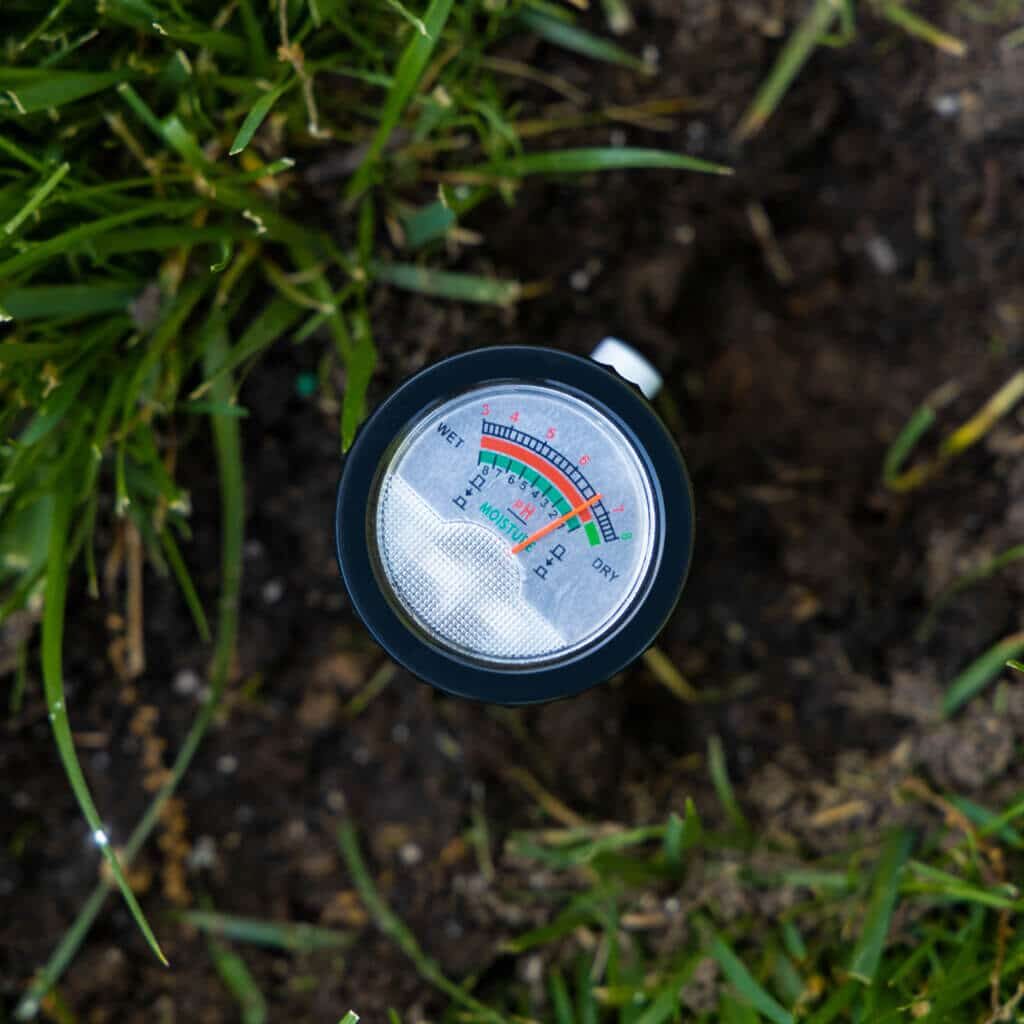
Determine Watering Needs
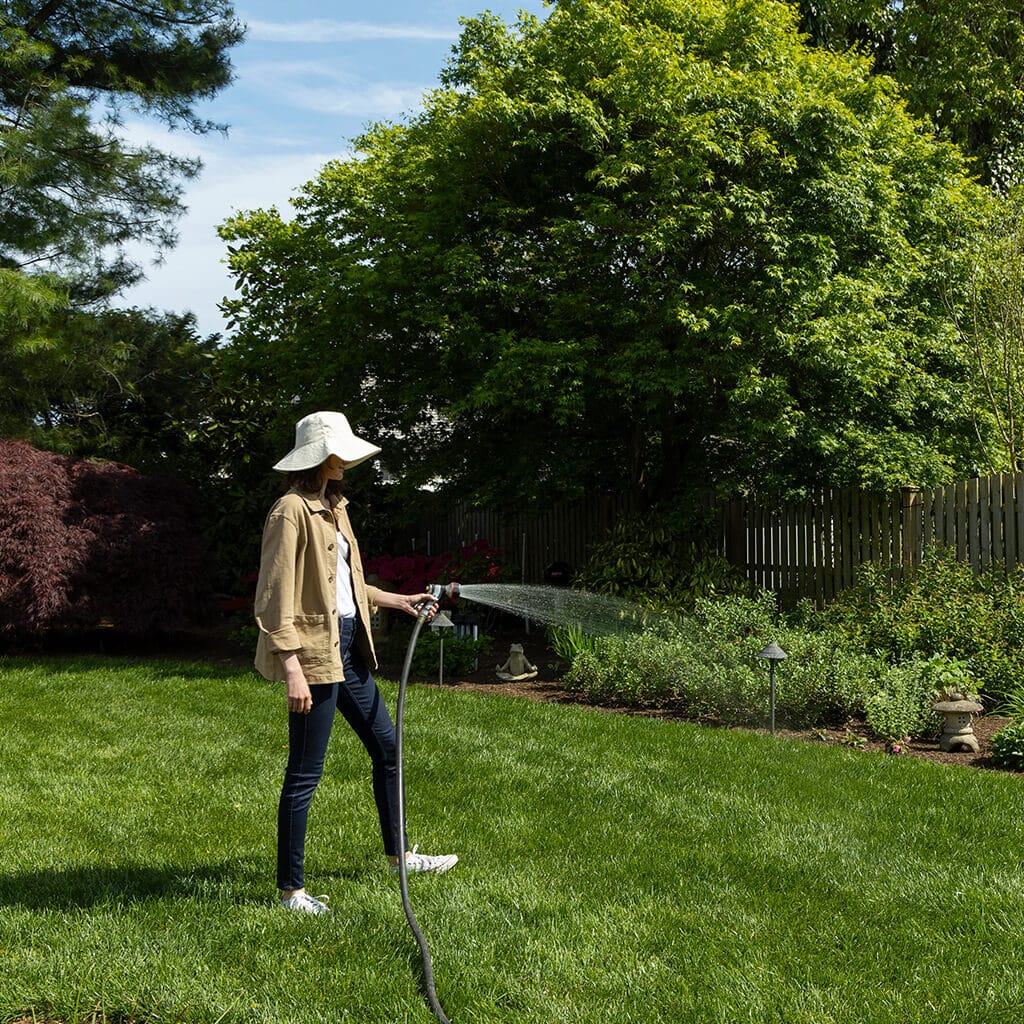
How to Use
Sample
There are two ways to use this tester. Option one is to clear any plants out of the way, and insert the tester directly into the ground. Make sure your soil is soft enough before trying this. Do not exert too much force onto the tester. Option two is to gather multiple samples of soil around your property to get an average reading of your entire lawn. Follow the instructions below if you prefer option two.
- Using a trowel or soil sampler probe, take soil samples from several parts of your lawn. Avoid touching the soil with your hands.
- Place your soil samples into a clean container.
- Mix soil samples together thoroughly, breaking up the samples with a trowel or large spoon.
- Remove any small stones, organic material such as grass, weeds, or roots, and hard particles of lime.
Test
- Lightly spray your soil with distilled water to moisten it. For an accurate read do not use tap water because it is already pH adjusted.
- Clean off the sensor plates at the tip of the pH tester with a clean cloth to ensure an accurate reading for each new soil pH test performed. For extra cleaning, use a non soapy, dry, green scour pad.
- Tightly pack the soil around the copper sensor ring, covering it completely.
- The results will be fully calculated in 2 minutes.
